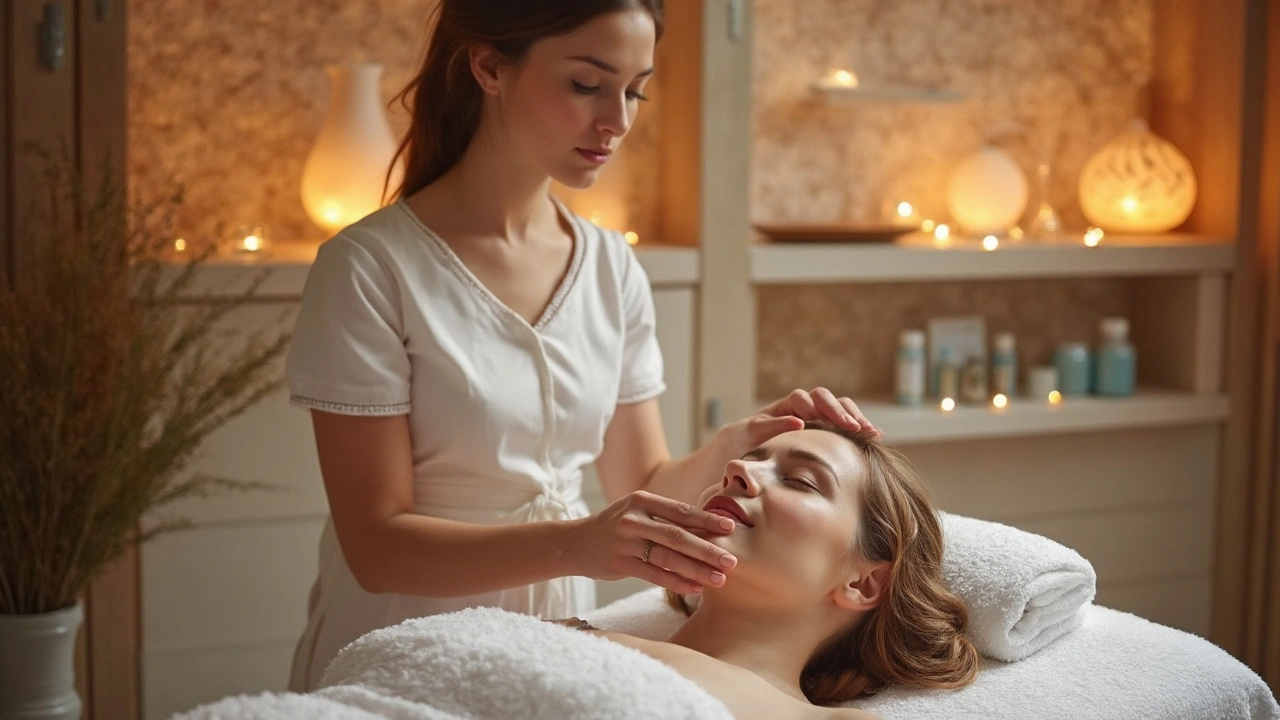Discover why a head massage in London is the fastest, easiest way to beat stress, headaches, and mental fatigue. Learn where to find the best sessions, what to expect, and how often to book.
Head Massage Benefits: What You Need to Know
If you’ve ever felt the gentle pressure of a scalp rub and thought, “That felt good,” you’ve tasted just a hint of what a proper head massage can do. It isn’t just a pampering treat; it’s a quick way to reset your nervous system and give your body a break from the daily grind.
What a Head Massage Does for Your Body
First up, stress. The rhythmic strokes on your temples and neck lower cortisol, the hormone that fuels tension. You’ll notice a calm feeling within minutes, and that calm can linger for hours. That’s why many people use head massage as a natural antidote to a hectic workday.
Headaches get a big boost too. By loosening tight muscles around the scalp and upper neck, the pressure that triggers tension‑type headaches eases. People with migraine‑prone heads often report shorter, less intense attacks after a regular scalp session.
Sleep improves as well. The relaxation response triggers a slower heart rate and deeper breathing, signaling your brain it’s time to wind down. A short massage before bed can help you fall asleep faster and enjoy deeper, more restorative rest.
Circulation gets a gentle push, too. The massage moves blood through the capillaries in your scalp, delivering oxygen and nutrients. Some say it even sharpens mental clarity and focus, making a quick head massage a handy tool before a big meeting or study session.
How to Get the Most Out of Your Session
Pick a therapist who understands the specific techniques for scalp work – think gentle kneading, light tapping, and slow strokes. In central London, look for clinics that mention head or Indian head massage in their services.
Set the scene. Dim lighting, a comfortable chair, and a faint scent of lavender or eucalyptus can amplify the relaxation. If you’re doing it at home, use a soft pillow, a warm towel, and play low‑volume music to mimic a spa vibe.
Don’t rush. A good head massage lasts 10‑15 minutes, giving enough time to work through tension points without overstimulating the nerves. Ask your therapist to focus on areas where you feel the most strain – usually the temples, base of the skull, and the shoulders.
Frequency matters. One session a week can keep stress levels low, but if you’re dealing with chronic tension, two to three times a week may bring faster relief. Remember, consistency beats occasional splurges.
After the massage, drink a glass of water. It helps flush out any metabolic waste that’s been released from the muscles. Follow up with gentle neck stretches or a short walk to keep the circulation flowing.
Finally, keep an eye on how you feel day‑to‑day. Note any improvements in sleep, headache frequency, or overall mood. Those notes will help you and your therapist fine‑tune the technique for maximum benefit.
Whether you’re a busy professional, a student pulling all‑nighters, or just someone who enjoys a moment of calm, head massage offers a quick, low‑cost way to boost wellbeing. With plenty of skilled therapists in London, you can easily turn a simple scalp rub into a regular part of your self‑care routine.
Discover everything you want to know about Indian head massage in London, from the fascinating history to the unbeatable relaxation and health benefits. Find out what actually happens during a session, how much it costs, and where you can book the best treatments. Learn safety tips and what makes Indian head massage unique compared to other massage therapies in London. This guide gives you insider tips, honest answers, and all the essentials you need to chill out and recharge in the city.
Indian head massage in London offers a simple yet powerful way to relax and rejuvenate. Learn how this ancient technique can improve your well-being and discover where to find top-notch services in London. Whether you're a busy Londoner or a visitor, this guide helps you unwind and find the right massage for you.



